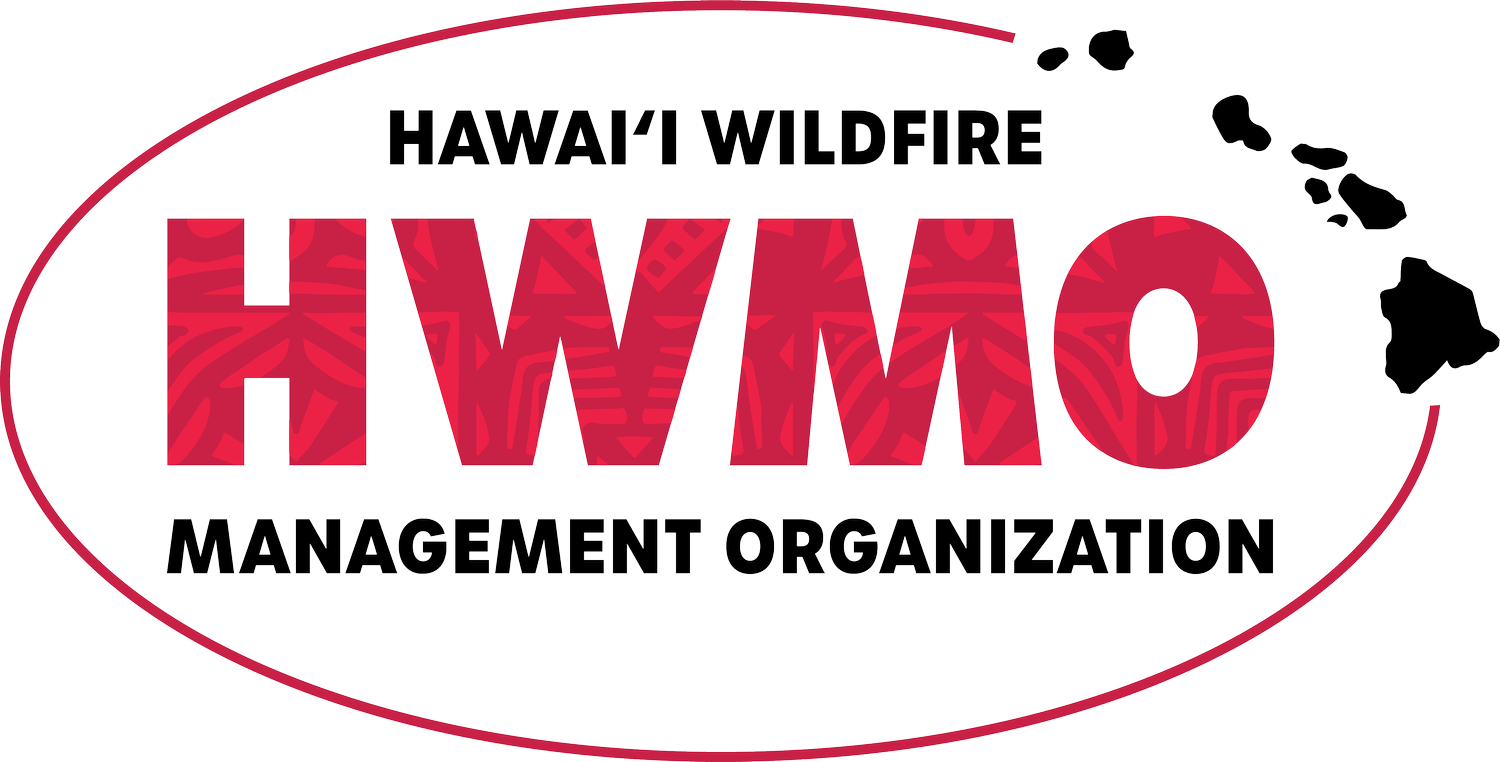Wildfires Rage Through British Colombia, Forcing 40,000 From Their Homes
"The Boston Flats trailer park was destroyed by a wildfire in Boston Flats, British Columbia, Canada on Monday."
We are hoping for the best for our brothers and sisters in Canada as firefighters face a tough fight and residents evacuate and face the threat of losing their homes. Our hearts go out to those who have lost their homes from the blazes.
From the Source:
"Wildfires are spreading rapidly across the Canadian province of British Columbia, so far eluding firefighters and forcing some 40,000 people from their homes. And with no rain in the forecast until Thursday, Canadian officials fear the fires currently raging will worsen before they can battle back the blazes."
"'You think you're all ready until it comes down to it. You feel panic, you don't know what to do,' Williams Lake resident Britanni Erlandson tells the Vancouver Sun."










